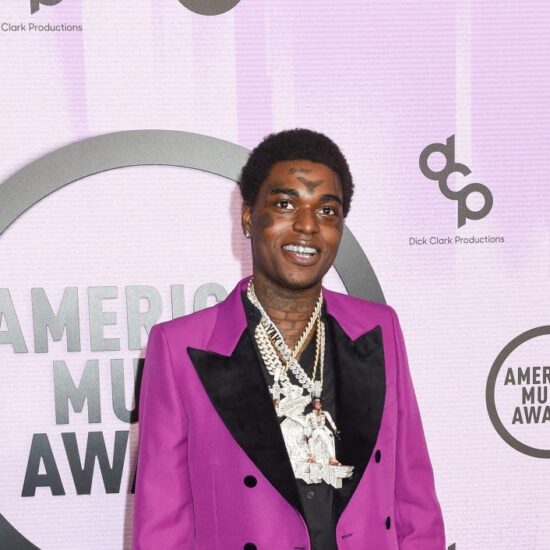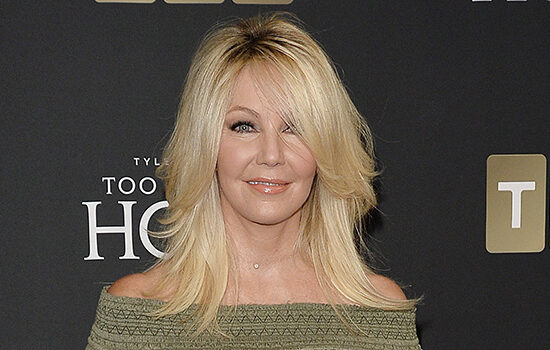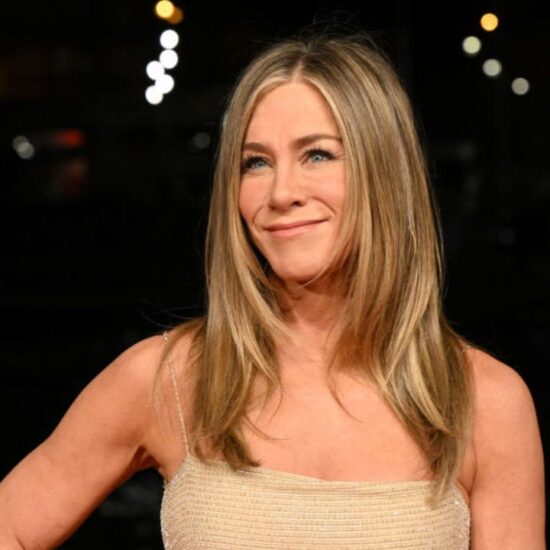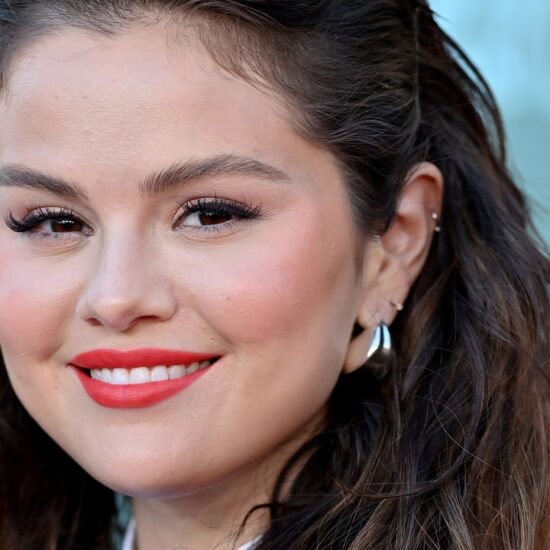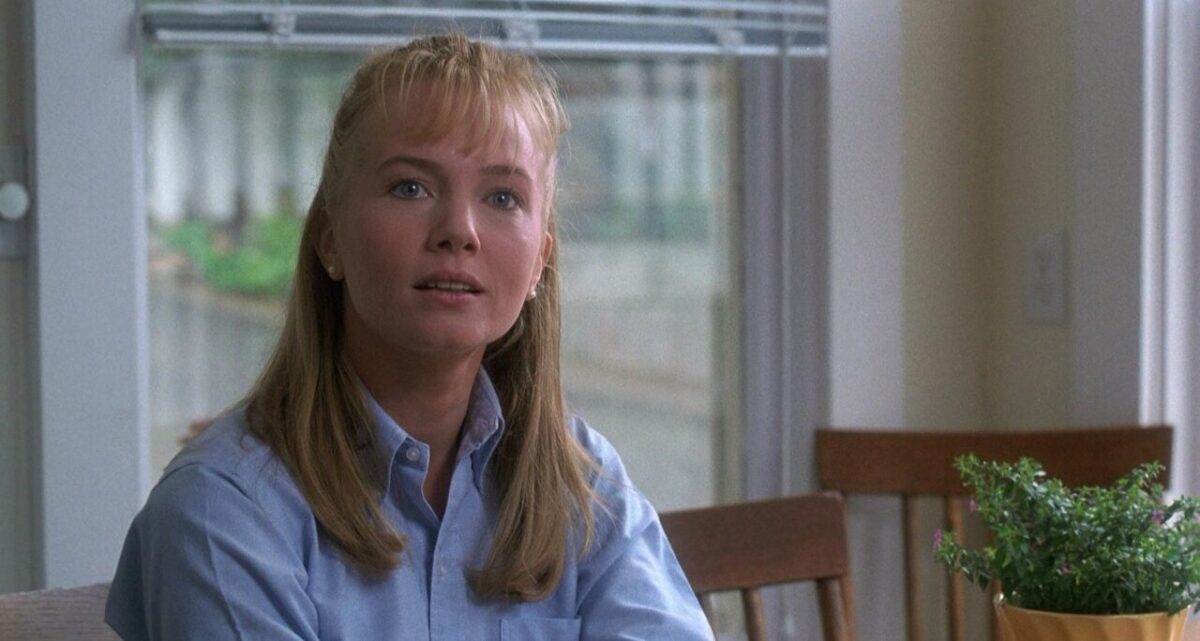
Horror films love monstrous mothers. These frightening and violent maternal figures are often the thrust of an entire subgenre of horror films. Whether out-and-out straight horror or more cerebral, genre-bending fare like Ari Aster’s Beau is Afraid, it’s everywhere. Like masked maniacs or incorrigibly bad toddlers, the horror genre exploits perennial, often Freudian fears to sensational (and often regressive) effect. Scholars largely agree the earliest iterations of monstrous mothers—think Mrs. Bates or Mrs. Voorhees—were reactions to an increasingly feminine world.
The masculine worldview linked its associated fears and anxieties to mothers and, by extension, their sons. Mothers simply had too much control. They were threats to the innate masculinity of their sons. This often rendered both of them monstrous in the process—think Norman Bates or Jason Voorhees. And while motherhood is often monstrous and traumatic, some genre properties have retconned the ideals of the past for projects more empathetic and probing than the simple “the matriarchy as horror” routine of yesterday. 1992’s The Hand That Rocks the Cradle is secretly one of the best.
Depictions of motherhood are often contingent on the persons behind the camera (Jennifer Kent’s classic The Babadook as an example). While Curtis Hanson (L.A. Confidential) directed The Hand That Rocks the Cradle, Amanda Silver is the sole credited writer. Silver and her husband, Rick Jaffa, are more prolific than most. They’re responsible for some of the best horror thrillers of the 1990s (Eye for an Eye, The Relic). Yet, they’re also credited alongside James Cameron on Avatar: The Way of Water and its many (many) pending sequels. That’s range. Silver’s touch is all over The Hand That Rocks the Cradle, a quasi-Fatal Attraction riff that sees Rebecca De Mornay’s Mrs. Mott ingratiate herself into the lives of Claire (Annabella Sciorra) and Michael (Matt McCoy) Bartel, posing as nanny Peyton Flanders for their new baby. She’s gonna rock that cradle straight to Hell.
Months before the con, Mrs. Mott’s husband, an obstetrician, died by suicide after Claire credibly accused him of molesting her during an exam. The Motts’ assets were frozen, their homes seized, and more women came forward with accusations. The resultant stress caused De Mornay’s Mrs. Mott to miscarry. Left penniless and alone, she opts to go full Lifetime Channel, only with considerably more graphic horror flare.
While it might seem odd to classify The Hand That Rocks the Cradle as straight horror, the psychological terror is merely window dressing for classic body-count action. The Orphan movies are perhaps the closest contemporary examples (and those are inarguably horror). In the 90s, there were plenty of horror movies masquerading as thrillers for broader appeal and bigger box office bucks. For reference, Mrs. Mott kills Julianne Moore’s Marlene in sensational Final Destination fashion. In the finale, she’s brandishing shovels and savagely attacking anyone in her way. Michael Myers would be proud.
What’s most exciting, however, is how The Hand That Rocks the Cradle, thirty years on, makes some poignant and startling assessments about motherhood and ownership. In its broadest form, ownership and possession drive the central conflict. Claire has something Mrs. Mott desires. She covets the child she lost, and in her mind, she feels entitled to Claire’s newborn. 2007’s splatterhouse epic Inside follows a similar maternal trajectory. Yet, when viewed through a contemporary lens, in an era when ownership of one’s body is stripped away, when bodily autonomy and reproductive rights are frequently under siege, The Hand That Rocks the Cradle is frighteningly prescient.
Neither Mrs. Mott nor Claire had ownership over their bodies. John de Lancie’s Dr. Victor Mott was the patriarchal, inciting force. He first assaulted Claire and then cravenly left his wife to deal with the aftermath. While it doesn’t excuse Mrs. Mott’s misplaced rage—Claire, for her part, did nothing wrong—it speaks to the ongoing schism whereby men police women’s bodies and then pits them against one another. They do so while rolling back the innate rights women have to make their own decisions. Their right to say no.
So, in effect, The Hand That Rocks the Cradle has two women, both victims in their own way, reclaiming maternal ownership in a system designed to keep them constrained. Claire reported her abuse and desperately tried to live her life in peace. Mrs. Mott’s husband ruined her life. She fervently tried to reclaim what she perceived as having been taken from her. And while, yes, The Hand That Rocks the Cradle often leans into the regressive crazed mania of a woman on the edge—De Mornay is a powerhouse, even if Hanson’s camera lingers a bit too long on allegedly “crazy” woman eyes—it’s considerably more tactful and insightful than just another psycho biddy feature.
Contemporary horror cinema has reframed motherhood. The genre allows nuance whereby motherhood is neither heavenly nor a Freudian front to feminize men, whatever that really means. The difficulties are front and center, with titles like Birth/Rebirth and Run Rabbit Run centering women’s perspective behind the scenes, rendering the on-screen scares and anxieties that much more palpable. The Hand That Rocks the Cradle might be 30 years old, but it remains a fixture in empathetic, frightening maternal horror. Mrs. Mott might be a villain, but she’s a villain worth understanding.
Categorized: Editorials










